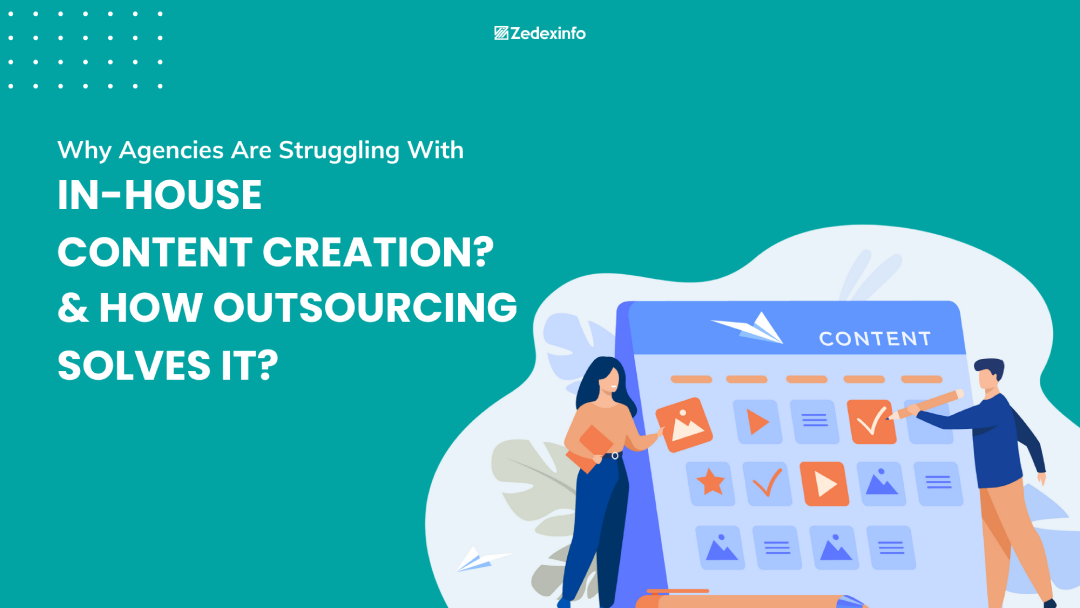Choosing the right eCommerce platform for your business can be a daunting task. There are so many to choose from, and it can be hard to know which one is right for you. In this post, we’ll outline the key factors to consider when choosing an eCommerce platform and advise you on choosing the right one for your business.
Why selecting the best eCommerce platform matters for your business
When you’re considering which eCommerce platform to use for your business, it’s important to understand the different benefits that each platform offers. Some of the most notable advantages of using an eCommerce platform include:
Ease of Use:
Many platforms are designed with a user-friendly interface that is easy to navigate. This makes it easier for you to manage and stock your inventory, as well as create and manage your sales campaigns.
Advanced Features:
Most platforms offer features such as shipping), order tracking) and customer management (including account creation, password protection, and so on). These features help streamline operations and make customers’ experiences more efficient and seamless.
Platform Integration:
Many platforms allow you to integrate with other systems within your business empires, such as accounting software or marketing tools. This allows you to work smarter instead of harder by taking care of all these related tasks in one place.
Scalability & Redundancy:
Most eCommerce platforms boast robust scaling capabilities that can handle large volumes of traffic without issue. In addition, many platforms provide built-in backup/restore functionality so that should something go wrong during peak hours, your site can be back up and running relatively quickly without any additional hassle or expense.
A few Essential Factors for Choosing the Best eCommerce Platform:
1. Cost of Ownership
The cost should be taken into account while evaluating any eCommerce platform. You need to know the whole cost of each platform, whether you’re a tiny business just starting or an established brick-and-mortar firm shifting online.
There will almost always be a monthly subscription for platforms. With each platform, transaction fees are also included. Don’t give up essential items in exchange for a lower price. To obtain the best value for your money, compare the advantages and disadvantages of each. There are eCommerce platforms that offer free plans. Today, many online businesses are operating with free eCommerce platforms such as Shopify, Big commerce, and Magento. Thus, it is wise for you to check for the free plans first before going for the paid ones.
2. Integrations
 When it comes to choosing the best eCommerce platform, integration is essential. These platforms allow you to sell your products through dedicated channels like Amazon and eBay and offer features that can help you manage and grow your customer base. These platforms typically have robust customer management tools, including CRM (customer relationship management) systems, which allow you to stay in touch with your customers throughout their buying process.
When it comes to choosing the best eCommerce platform, integration is essential. These platforms allow you to sell your products through dedicated channels like Amazon and eBay and offer features that can help you manage and grow your customer base. These platforms typically have robust customer management tools, including CRM (customer relationship management) systems, which allow you to stay in touch with your customers throughout their buying process.
Additionally, many of these platforms offer shipping automation capabilities that make it easy for you to scale up or down your operations as needed. This allows you to keep pace with changing market conditions while still delivering quality products on time.
Integrated marketing campaigns can also help increase traffic and conversions by promoting related content across all channels your customers use most frequently.
3. eCommerce Platform Speed & Scalability
Your platform must provide a lightning-fast experience in the era of “Micro-moments,” which Google defines as “an intent-rich moment when a person turns to a device to act on a desire to know, go, do, or purchase.” And when you scale and expand the business, this has to stay the same.
While assessing the performance and scalability of a platform is difficult, you may search for any gaps by observing slow load times, frozen sites, 404 errors, and other poor performance indicators. An important evaluation component should include analyzing the usual site performance and learning how many users the platform can support at once during periods of high traffic.
4. Sleek User Experience & Mobile-Friendly Functionality
 According to a survey conducted by Baymard Institute, 94% of consumers abandon an eCommerce site that’s difficult to navigate. That’s why you should choose a platform that integrates with Google Analytics to help you understand user behavior and the effectiveness of your campaigns. This can save you time, money, and resources because you’ll be able to leverage big data from analytics or other outside sources to make more informed decisions about your eCommerce strategies.
According to a survey conducted by Baymard Institute, 94% of consumers abandon an eCommerce site that’s difficult to navigate. That’s why you should choose a platform that integrates with Google Analytics to help you understand user behavior and the effectiveness of your campaigns. This can save you time, money, and resources because you’ll be able to leverage big data from analytics or other outside sources to make more informed decisions about your eCommerce strategies.
Another aspect of mobile-friendliness is speed. In the mobile context, user expectations are higher than desktop regarding speed, content, and user interface design.
5. Multiple Payment Gateways Support
Offering a variety of alternatives is essential to making it simple for clients to pay for your products and services. This calls for a connection between your business and a trustworthy, secure eCommerce payment gateway – a specialized processor that securely transfers money from your customers’ bank accounts into their own.
Although it might seem obvious, not all eCommerce systems are compatible with all payment gateways. Geographical location is the most important consideration; localizing the payment procedure is essential.
6. Order Management System (OMS)
 Your eCommerce experience must include a quick, easy order process. Over 80% of online buyers, according to research, anticipate routine contact regarding their orders. This implies that if you want to compete, you must have an OMS that makes the process accurate, visible, and engaging. Features like order tracking, email alerts, and shipping service API should be included to ensure that purchases are executed properly and on time.
Your eCommerce experience must include a quick, easy order process. Over 80% of online buyers, according to research, anticipate routine contact regarding their orders. This implies that if you want to compete, you must have an OMS that makes the process accurate, visible, and engaging. Features like order tracking, email alerts, and shipping service API should be included to ensure that purchases are executed properly and on time.
For customers to be confident that things are in-stock and prepared for shipping, there must be seamless communication between your OMS and Inventory Management System (IMS). ERP and CRM systems that utilize API connectivity or plugin installation are additional crucial connectors to search for.
Conclusion:
Choosing the right eCommerce platform for your business can be daunting, but you must make the right decision. By following our tips, you’ll be able to choose the best eCommerce platform for your business that meets your needs and goals. We hope that this blog helps you make the decision-making process a little bit easier!




